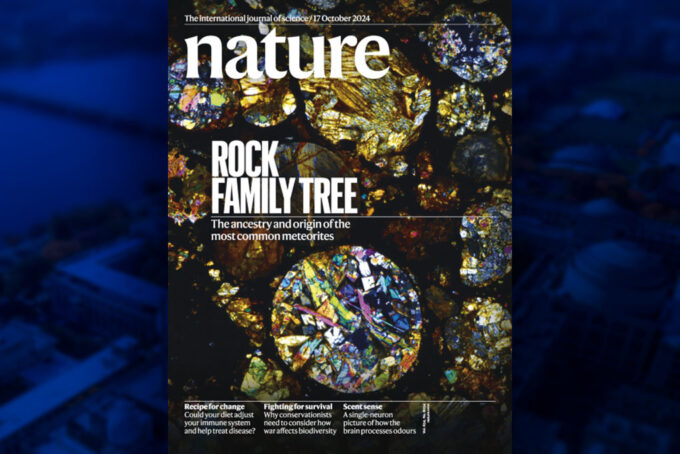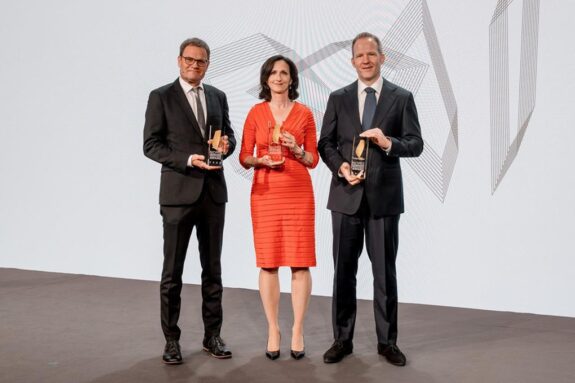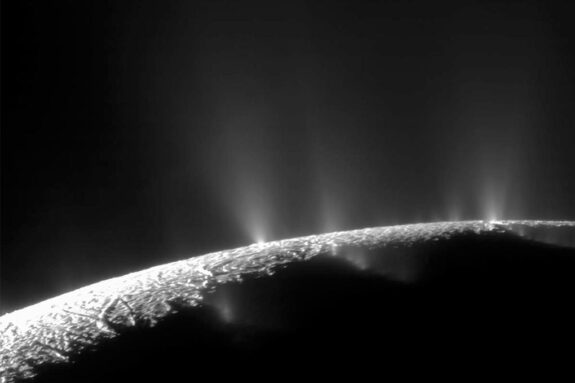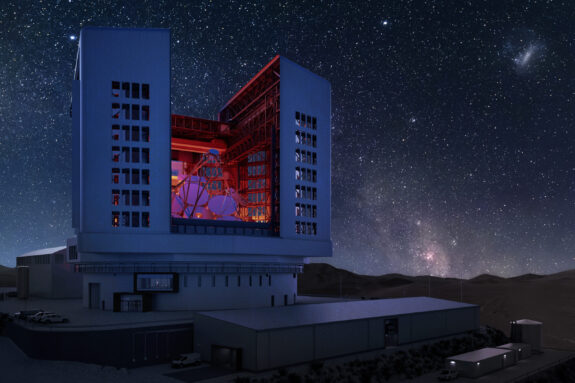EAPS researchers uncover meteorite origins, in Nature

October 17, 024 cover of the journal Nature featuring work by EAPS planetary scientists: Rock Family Tree - the ancestry and origin of the most common meteorites.
Two papers featuring multiple authors from MIT’s Department of Earth, Atmospheric and Planetary Sciences (EAPS) were featured on the cover of today’s edition of the journal Nature, Volume 634 Issue 8034.
Taken together, the recent work by planetary scientists is helping to fill in the “Rock Family Tree”, seeking to understand the origins and histories of nearby asteroids and their meteorites which have fallen to Earth.
The Massalia asteroid family as the origin of ordinary L chondrites
M. Marsset, P. Vernazza, M. Brož, C. A. Thomas, F. E. DeMeo, B. Burt, R. P. Binzel, V. Reddy, A. McGraw, C. Avdellidou, B. Carry, S. Slivan & D. Polishook. Nature 634, 561–565 (2024). doi: 10.1038/s41586-024-08007-6
In this study, lead author and former EAPS postdoc Michael Marsset, along with Faculty Post-Tenure Richard Binzel and EAPS researchers Francesca DeMeo and Stephen Slivan, posit that the Massalia asteroids are the likely source for the catastrophic influx of meteorites which occurred about 466 million years ago—possibly triggering the Ordovician ice age and subsequent upheaval in Earth’s biodiversity—and continue to be the likely dominant source of present-day meteorites. Through spectroscopy and dynamical investigations, the team shows that these L chondritic asteroids in the inner asteroid belt have orbits that match the distribution of similar near-Earth objects and space dust.
Young asteroid families as the primary source of meteorites
M. Brož, P. Vernazza, M. Marsset, F. E. DeMeo, R. P. Binzel, D. Vokrouhlický & D. Nesvorný. Nature 634, 566–571 (2024). doi: 10.1038/s41586-024-08006-7
Here, Marsset, Binzel, DeMeo and team discover that three recent asteroid break-ups account for 70% of meteorites which fall to Earth—a significant finding when, up to now, scientists have only managed to trace about 6% of meteorites back to their sources, largely the Moon, Mars, or the asteroid Vesta. Occuring 5.8, 7.6, and less than 40 million years ago, these break-ups within the Karin family and older asteroid groups Koronis and Massalia created new, younger families of asteroids containing particularly high numbers of small fragments.


